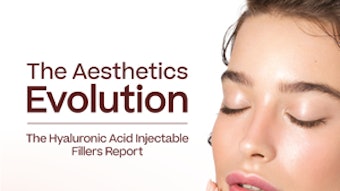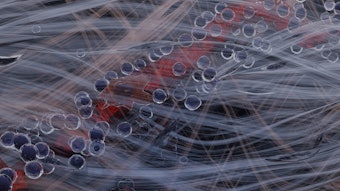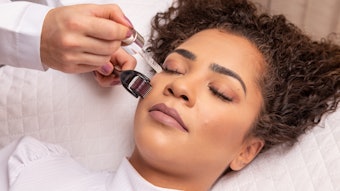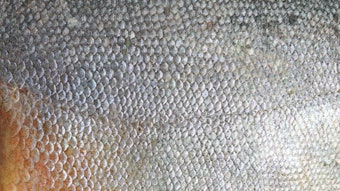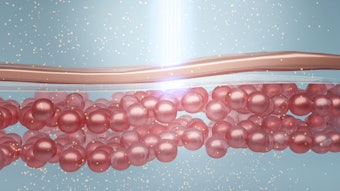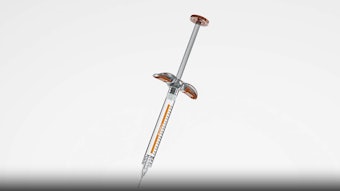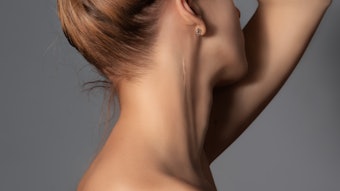
At the 2025 annual meeting of the Society for Investigative Dermatology that took place in San Diego, California on May 7-10, Eirion Therapeutics Inc., a biopharmaceutical company, presented results from recent clinical trials evaluating its AI-09—a novel liquid comprised of a botulinum nanoemulsion, an active botulinum molecule encapsulated in a “nano-sized” droplet of oil for the treatment of glabellar lines.
The liquid injectable neuromodulator must undergo additional trials before potentially becoming available to practitioners. Eirion is set to begin phase two clinical trials for AI-09 this year, phase three clinical trials next year and seek FDA approval for AI-09 after the trials are completed, said Jon Edelson, MD, the CEO of Eirion.
“Presently, all commercially available botulinum products in the U.S. require reconstitution with saline,” Eirion stated. “AI-09 does not require reconstitution, thus eliminating one of the steps in the product administration process.”
Streamlining this step, he said, will lower the risk of contamination and dosing error as well as save the clinician time. As a ready-to-use liquid formulation, AI-09 does not contain human albumin, an additive that is not preferred due to its risk of disease transmission, he added.
At the annual meeting, Eirion presented a randomized, double-blind, dose-ascending, vehicle-controlled trial studying AI-09. Seven doses of AI-09 were tested and administered to 96 subjects.
Subjects receiving higher doses achieved greater therapeutic effect. The study found that the highest dose tested resulted in an 87% response rate compared to a 7% response rate for placebo. Edelson said 87% of subjects with the highest dose tested at week four reported mild or absent on the wrinkle scale. The median duration of response for the highest dose, he said, was observed to be six months, with 50% of subjects maintaining an increase of at least one point in improvement.
“This is markedly better than the three to four months duration of response observed for most commercially available products in the United States,” Edelson said.
To test safety, the trials assessed incidence of adverse events, local skin reactions, off-target or distant drug effects and abnormalities in laboratory testing or electrocardiograms. Based on the study results, Edelson said AI-09 was well tolerated and considered safe by these metrics.
“As a physician, my approach to innovation in aesthetic medicine is influenced by my prior clinical experience as well as current interactions with clinical trial investigators and patients,” Edelson said. “This combination of experience, seeing current clinical practices, and our clinical trials in action, leads to interesting observations.”

